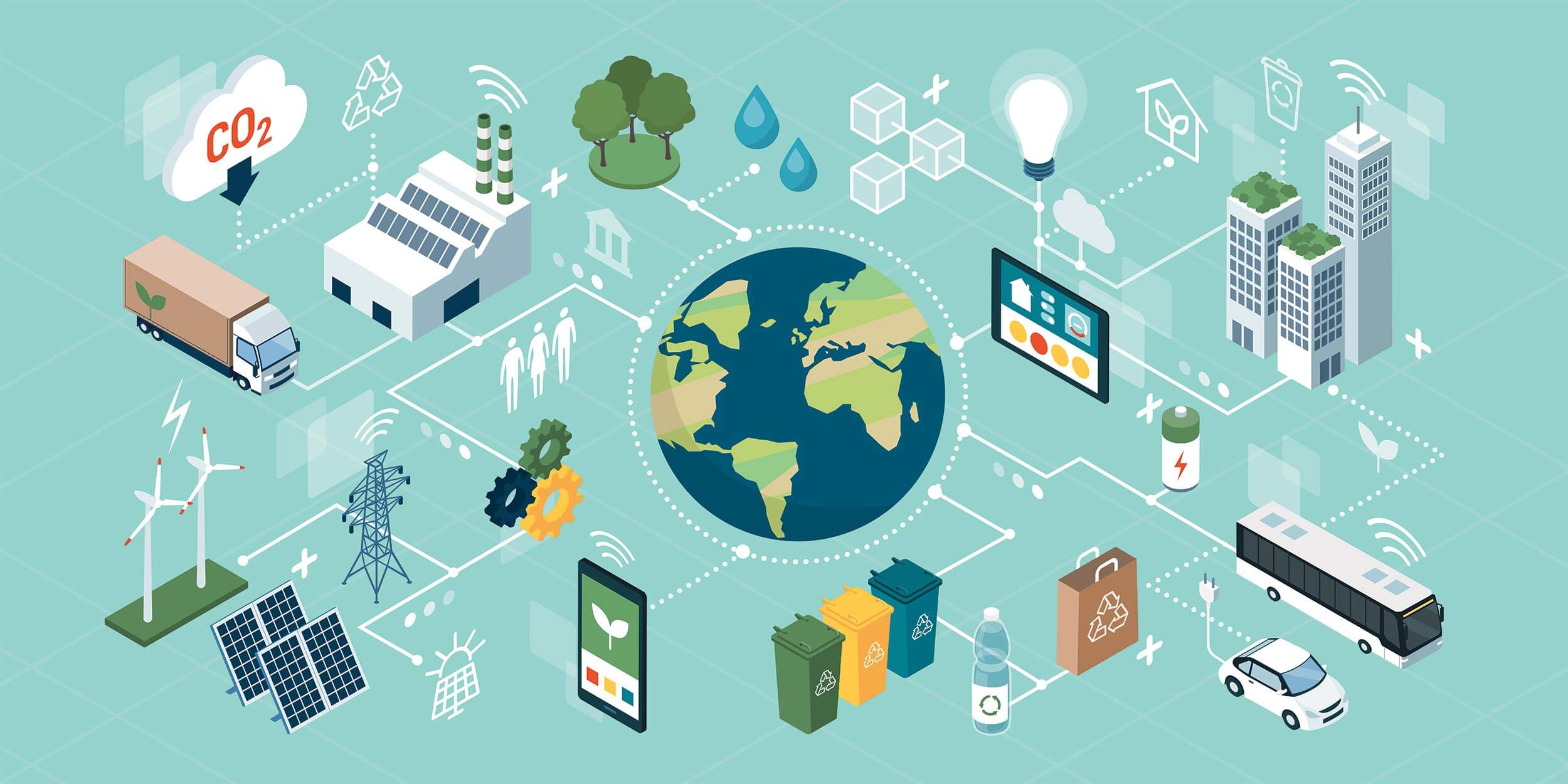
The solutions needed to meet climate change targets include increasing energy efficiency, expanding low-carbon methods of generating electricity and removing carbon from the atmosphere. Each of these requires technological innovation.
Government policies need to foster such innovations by setting stringent emission reduction goals. Reliable data on private-sector R&D investment is scarce, but it’s known that the rate of innovation in the electric power industry has been far below the average for all industries.
Monitoring and Tracking
Monitoring is an ongoing process of gathering and analyzing data from the output and outcomes of a program or intervention. It can include everything from assessing air pollution to tracking the movements of animals. Using technology, such as remote sensing, machine learning and predictive analytics, can help provide accurate environmental data in real-time.
Monitoring technologies can also be used to monitor harmful chemicals, gases and other elements that contribute to climate change. Tracking these pollutants and elements can help inform preventive measures.
Geolocation technology allows for localized climate monitoring, providing more precise information than a global average. This can help ensure that resources are allocated efficiently and effectively to areas most at risk of specific climate-related issues, such as drought-prone regions that need more water or heatwave-prone regions that require better cooling systems.
Energy Efficiency
The increase in the earth’s temperature is caused by excess carbon dioxide and other greenhouse gases. Using technology to track these emissions can help to identify where they are coming from.
Ultimately, the best technology to reduce these emissions is energy efficiency technologies. These include everything from energy-efficient light bulbs to home insulation and air sealing. These technologies can be implemented at the residential level, where one-time investments can reduce household energy consumption and costs significantly.
They can also be implemented at the transportation and industrial level, where one-time investments in energy efficiency can reduce emissions by a factor of three or more compared to fossil fuel-powered vehicles and equipment. Technology can help to find and implement these strategies across industries to scale up progress toward achieving net zero emissions.
Bioenergy
Bioenergy technologies can help with many of the climate change challenges we face by generating renewable heat and electricity for people and providing new jobs in rural areas by transforming agricultural waste into sustainable energy crops or fuels. Bioenergy is derived from biological material such as animal dung, peat moss, and wood or other plant material, and can be converted into renewable liquid and gaseous fuels and into biomass-based chemicals for use in products like plastics.
PNNL research supports DOE’s Bioenergy Technologies Office (BETO) to develop a thriving domestic bioeconomy that provides renewable biomass feedstocks and bioproducts, enhances U.S. energy security, and reduces dependence on foreign oil. Our researchers apply big science and diverse expertise to develop renewable replacements for petroleum-based chemicals, advance sustainable fuels that decarbonize hard-to-electrify transportation sectors such as aviation and shipping, and support global voluntary sustainability standards.
Artificial Intelligence
Across industries, AI can help with the Mitigation and Adaptation sections of the climate change framework by enhancing forecasting, facilitating energy efficiency, and accelerating carbon neutrality. For example, AI can be used to optimize solar radiation modeling, improve the simulation and optimization of renewable energy systems, monitor weather events, design green intelligent buildings, predict urban power load and thermal comfort, and establish nutrient cycling and crop productivity models to reduce fertilizer usage.
Additionally, the utilization of AI can assist with carbon sequestration and storage by discerning appropriate geological formations, determining the behavior of carbon dioxide, optimizing injection processes, overseeing storage sites, and generating fresh and inventive carbon sequestration techniques. However, financial expenditure, a dearth of expertise, and potential adverse environmental effects may hinder the implementation of AI in this area.
Data Analytics
As technology evolves, it is increasingly reliant on data analytics services. These technologies transform raw numbers into informative and educational insights that can guide business decisions.
Reducing greenhouse gas emissions requires a lot more than recycling or switching to green energy. Changing your diet to eliminate meat and dairy and replacing them with plant-based alternatives is a big start, but that must be complemented by reducing the amount of energy consumed by upgrading buildings with insulation, using electric vehicles and limiting driving distances.
Similarly, investing in tropical reforestation and forest conservation can make a huge impact on climate change, but it receives only about 3% of global climate funding. This needs to be changed through de-risking, guarantees and blended finance. It may also be necessary to use geoengineering to remove carbon dioxide from the atmosphere and store it underground, in oceans or in carbonate minerals.








